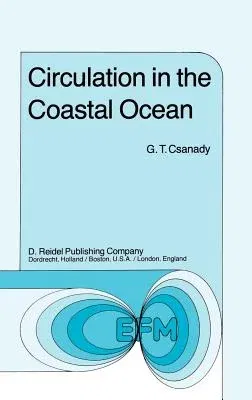G T Csanady
(Author)Circulation in the Coastal Ocean (1982)Hardcover - 1982, 30 September 1982

Qty
1
Turbo
Ships in 2 - 3 days
In Stock
Free Delivery
Cash on Delivery
15 Days
Free Returns
Secure Checkout

Part of Series
Environmental Fluid Mechanics
Print Length
281 pages
Language
English
Publisher
Springer
Date Published
30 Sep 1982
ISBN-10
9027714002
ISBN-13
9789027714008
Description
Product Details
Author:
Book Edition:
1982
Book Format:
Hardcover
Country of Origin:
US
Date Published:
30 September 1982
Dimensions:
24.74 x
15.95 x
2.08 cm
ISBN-10:
9027714002
ISBN-13:
9789027714008
Language:
English
Location:
Dordrecht
Pages:
281
Publisher:
Weight:
616.89 gm